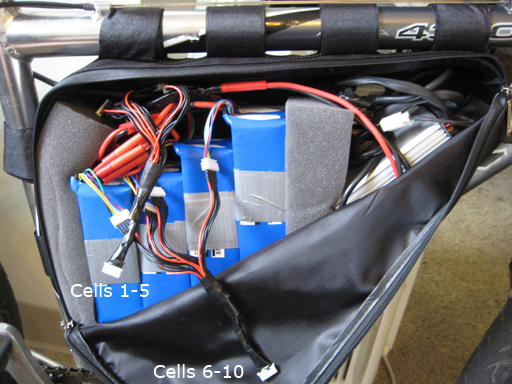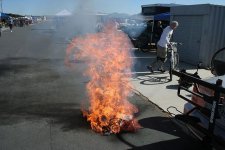Patriot4
100 mW
I was thinking of this- http://www.cabelas.com/product/Cabe...t=wood+stove&WTz_l=Header;Search-All+Products to store and charge a 12s 44 volt 30 to 40 amp hour lipo pack.
I believe most powerful explosions happen from the Hydrogen gas that is formed when the electrolyte degrades as the battery goes into thermo runaway and then ignited by the heat of the battery. So I was thinking of adding a large computer muffin fan to the smokestack to vent out the gas in case the battery goes up. This would be in a garage.
What do you think?
I believe most powerful explosions happen from the Hydrogen gas that is formed when the electrolyte degrades as the battery goes into thermo runaway and then ignited by the heat of the battery. So I was thinking of adding a large computer muffin fan to the smokestack to vent out the gas in case the battery goes up. This would be in a garage.
What do you think?




